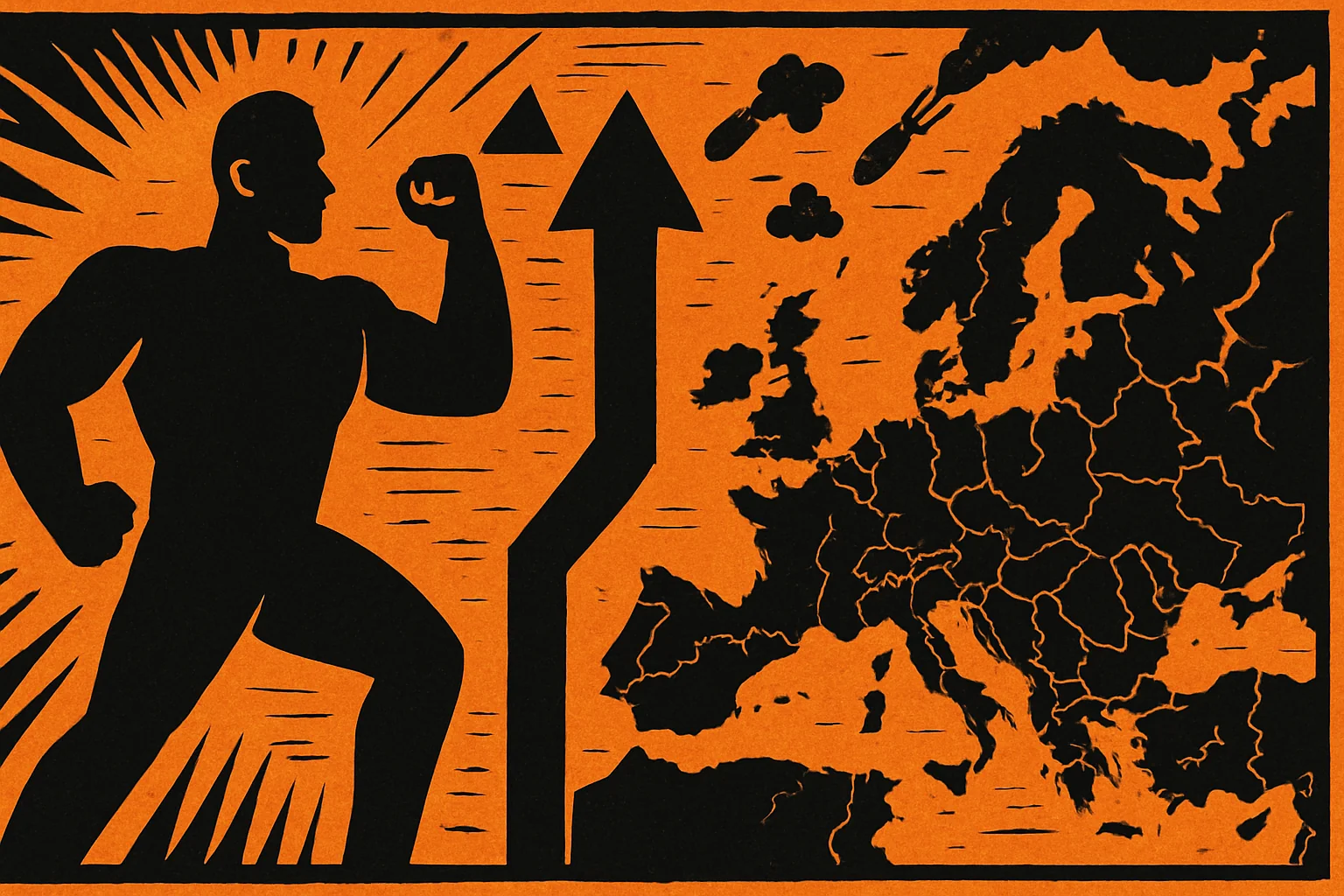Three years after the outbreak of the Ukraine war, Europe has never been the same. The continent that built its identity on peace and economic integration now finds itself facing a security transformation unprecedented since the end of the Cold War. The study shows that the war not only reshaped the relationship with Russia, but also the EU itself, from military budgets to foreign policy, from energy bases to popular mood.
The first shift was in defense spending. EU countries' defense budgets jumped to their highest levels in half a century.
In 2021, average European spending was 1.3% of GDP, but it rose to 1.9% in 2024, with projections to exceed 2.1% in 2025. The data also show that during 2021-2024, the Union added nearly €125 billion in additional spending on defense.
This is not just a passing development, but a complete reshaping of the continent's priorities.
At the beginning of the war, Europe pledged to supply Ukraine with one million 155mm artillery shells within one year. By March 2024, however, it could only deliver 52% of the target number.
Germany, France, Portugal, and the rest admitted that the production capacity of European defense industries is not ready for a long race of attrition, and that production lines need years to catch up with the new military demand.
As a result, the gap between the Union's ambition and its actual capacity remains large.
In parallel, through the European Peace Facility, the EU has provided more than €6 billion in military aid and trained more than 40,000 Ukrainian soldiers by mid-2024. These figures reflect the scale of change: a Europe that once hesitated to send a helmet or a flak jacket is now providing tanks and air defense systems and training troops on the front lines.
But behind this spectacle is a sharp European divide.
Eastern countries-Poland, Lithuania, Poland, Estonia-see Russia as an existential threat and call for unlimited arming of Ukraine. Western countries-Germany, France, Italy-are balancing between supporting Kiev and protecting its internal stability, especially after inflation and energy prices have raised the cost of the war for citizens.
On the energy front, Europe has received a strategic shock.
Before the war, more than 40% of European gas was imported from Russia.
But by 2024, the dependence dropped to less than 10%, with massive investments in liquefied gas and alternative infrastructure. While this shift freed Europe from Moscow's blackmail, it made it more dependent on costly American gas, raising the energy bill and fostering popular discontent.
The war was also reflected in the public mood.
In Germany in particular, support for increased military support for Ukraine fell from 65% in 2022 to 49% in 2024. Several countries have seen the rise of populist parties that reject military spending and unified European policies.
This popular change is now putting pressure on decision-makers and making the continuation of the new security trajectory a complex task.
Despite all this transformation, Europe remains almost entirely dependent on the United States for key pillars:
intelligence, air defense, nuclear deterrence, logistics, and command and control systems.
Even Finland and Sweden's joining NATO was the result of existential concerns, not an independent European vision.
The study concludes that Europe stands in the middle of the road:
It is not a unified defense force, but it is no longer a continent that relies solely on diplomacy. It is not independent of Washington, but it is no longer as indecisive as before.
It is a transition in every sense of the word, one in which the continent is testing its ability to transform itself from a "peace project" to a "geopolitical power" capable of protecting itself.
To view the video and read the full analytical paper, please scroll down.
After three years of war, has Europe become a military power... or just a divided continent?
Europe has changed... but the more serious question is: Has it changed enough?

Comments